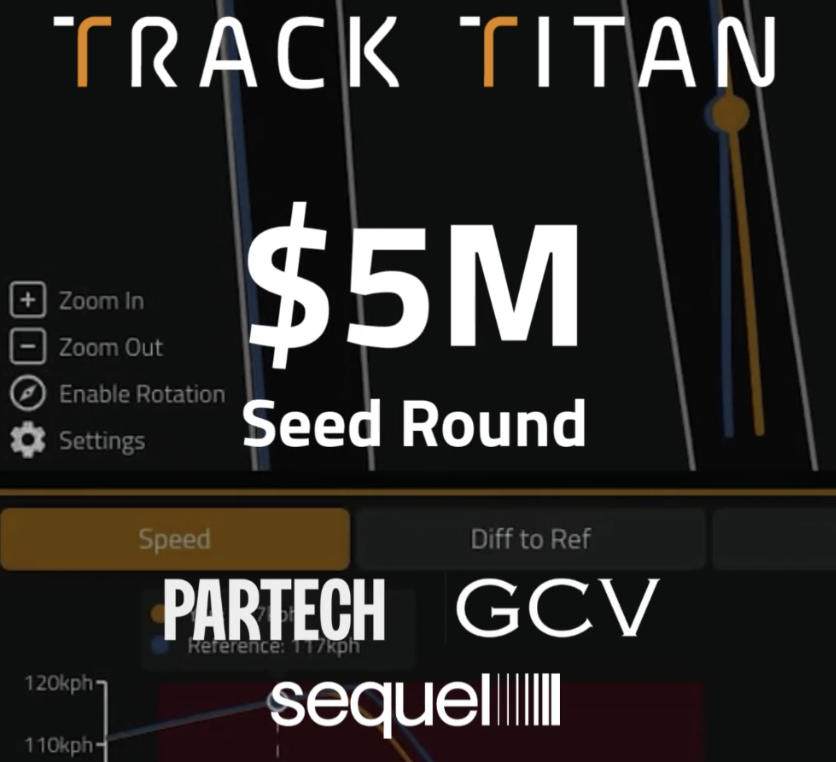Indianapolis Track Guide
Nestled within the iconic Indianapolis Motor Speedway lies a hidden gem known as the Indianapolis Road Course. This challenging track offers a unique blend of high-speed straights and technical corners, making it a thrilling playground for motorsport enthusiasts. Whether you're a seasoned racer or a novice driver, understanding the nuances of this circuit is paramount for success. In this guide, we'll delve into the characteristics of the Indianapolis Road Course, explore how different cars react to its challenges, and offer valuable tips for mastering its twists and turns.
Track Overview:
The Indianapolis Road Course is a 2.439-mile (3.925 km) circuit that incorporates a portion of the famed Indianapolis Motor Speedway oval track, along with an infield section featuring a mix of fast sweepers and tight hairpin turns. This hybrid layout demands a balance of speed, precision, and strategy from drivers, making it a true test of skill.
Characteristics of the Circuit:
High-Speed Straights: The track features several long straights, including the main straight leading into Turn 1, where drivers can reach blistering speeds before braking hard for the first corner.
Technical Sections: Interspersed between the straights are a series of challenging corners that require precise handling and a keen understanding of racing lines. From the tight infield hairpins to the flowing esses, each section presents its own set of challenges.
Variety of Turns: The Indianapolis Road Course boasts a variety of turns, ranging from sweeping bends to tight chicanes. This diversity keeps drivers on their toes and requires adaptability behind the wheel.
How Different Cars React:
Open-Wheel Racing Cars: Formula 1, IndyCar, and other open-wheel racing cars thrive on the Indianapolis Road Course, thanks to their nimble handling and aerodynamic grip. These machines excel in high-speed corners and can brake late into tight turns, allowing for aggressive overtaking manoeuvres.
Sports Cars: GT cars and sports prototypes also perform well on this circuit, leveraging their balance of power and downforce to navigate its twists and turns. These cars may struggle slightly in the slower sections but make up for it with their straight-line speed and stability.
Touring Cars: Touring cars, with their emphasis on durability and consistent performance, can tackle the Indianapolis Road Course with precision. While they may lack the outright speed of open-wheel or sports cars, their predictable handling and strong braking capabilities make them well-suited to this technical circuit.
General Tips for Driving the Circuit:
Study the Track Map: Familiarise yourself with the layout of the Indianapolis Road Course, paying close attention to key braking points, apexes, and corner exits.
Brake Early, Accelerate Smoothly: Given the technical nature of the circuit, it's crucial to brake early and modulate your throttle inputs carefully to maintain momentum through the corners.
Find the Racing Line: Identify the optimal racing line for each section of the track, maximising your speed while minimising your lap times. Experiment with different lines to find the fastest route.
Manage Tire Wear: The abrasive surface of the Indianapolis Road Course can take its toll on tires, especially during long stints. Manage your tire wear by avoiding aggressive inputs and maintaining a smooth driving style.
Stay Focused: With its combination of high-speed straights and technical corners, the Indianapolis Road Course demands unwavering focus and concentration from drivers. Stay mentally sharp and avoid costly mistakes.
In conclusion, the Indianapolis Road Course offers a thrilling and challenging experience for drivers of all skill levels. By understanding its characteristics, knowing how different cars react to its challenges, and following our general driving tips, you'll be well-equipped to tackle this iconic circuit with confidence. So buckle up, hit the track, and unleash your inner racing enthusiast on the Indianapolis Road Course.




.png)





















